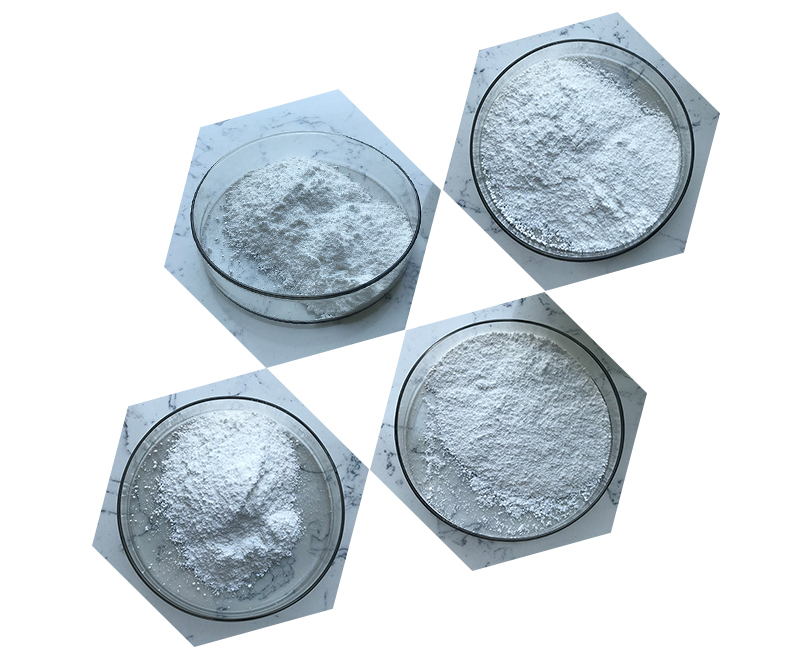Dutasteride is a medication primarily used to treat benign prostatic hyperplasia (BPH), a condition in which the prostate gland enlarges and causes urinary symptoms in men. It’s also used off-label for other purposes, such as treating male pattern baldness and hirsutism (excessive hair growth) in women. Dutasteride belongs to a class of drugs called 5-alpha-reductase inhibitors, which work by inhibiting the conversion of testosterone to dihydrotestosterone (DHT), a hormone that contributes to the growth of the prostate gland.

Here’s a comprehensive overview of dutasteride, including its uses, mechanism of action, dosage, side effects, and more:
1. Mechanism of Action:
Dutasteride inhibits both isoforms of the 5-alpha-reductase enzyme (Type I and Type II), which are responsible for converting testosterone to DHT in various tissues, including the prostate. By reducing DHT levels, dutasteride helps shrink the prostate gland, relieving urinary symptoms associated with BPH.
2. Medical Uses:
Dutasteride is primarily used for the treatment of benign prostatic hyperplasia (BPH). It helps improve urinary flow, reduce the risk of urinary retention, and decrease the size of the prostate gland. Additionally, it’s sometimes used off-label to treat male pattern baldness (androgenetic alopecia) and excessive hair growth in women.
3. Dosage:
The typical dosage for BPH is 0.5 mg of dutasteride once daily. It’s important to take the medication as prescribed by a healthcare professional. The duration of treatment varies based on individual response and the severity of symptoms.
4. Side Effects:
Common side effects of dutasteride include:
- Decreased libido (sexual desire)
- Erectile dysfunction
- Ejaculation disorders (such as reduced semen volume)
- Breast tenderness or enlargement
- Dizziness
- Skin reactions
Rare but more serious side effects may include allergic reactions, severe dizziness, and breast changes (lumps, pain, nipple discharge). It’s important to report any unusual or severe side effects to a healthcare provider.
5. Precautions and Contraindications:
- Dutasteride is not approved for use in women, especially pregnant women, as it can cause harm to a developing fetus.
- It may take several months of consistent use to experience noticeable improvements in BPH symptoms.
- Dutasteride should not be taken by individuals who are hypersensitive to the drug or its ingredients.
6. Interactions:
Dutasteride may interact with other medications, so it’s important to inform your healthcare provider about all the medications you are taking, including over-the-counter drugs and supplements.
7. Monitoring:
Regular medical check-ups and monitoring are important while taking dutasteride to ensure that the medication is effective and that potential side effects are managed.
8. Discontinuation:
If you decide to discontinue dutasteride, it’s important to discuss this with your healthcare provider. Stopping the medication abruptly may lead to a reversal of its effects on the prostate.
9. Long-Term Effects:
Long-term use of dutasteride has been associated with the continued maintenance of prostate size reduction and relief of BPH symptoms. It’s essential to discuss the benefits and risks of long-term use with a healthcare professional.

As with any medication, it’s important to consult a qualified healthcare provider before starting dutasteride to determine if it’s appropriate for your specific medical condition and to receive personalized dosing and monitoring instructions.
